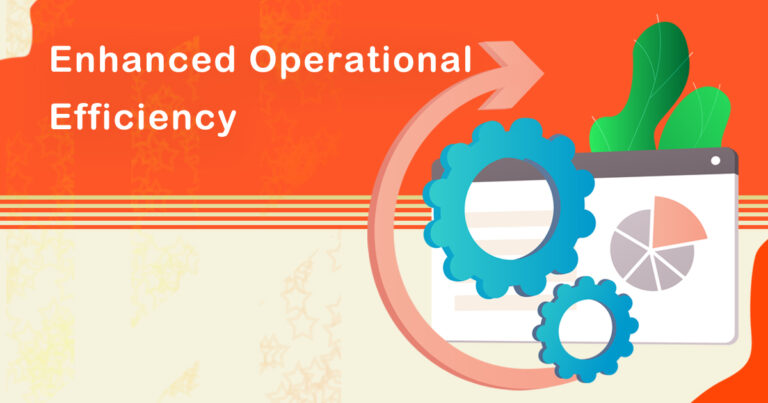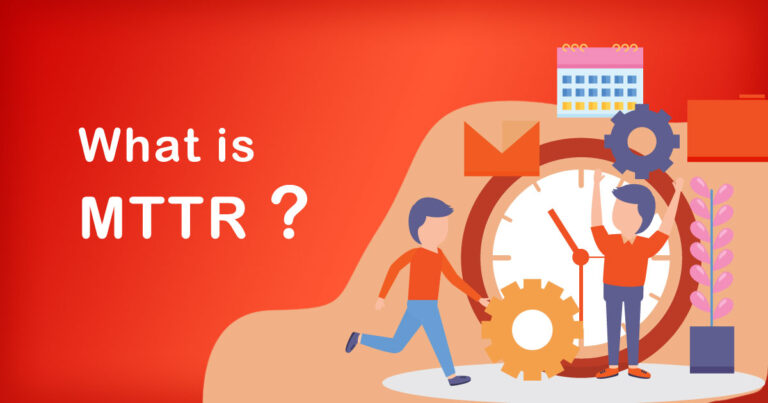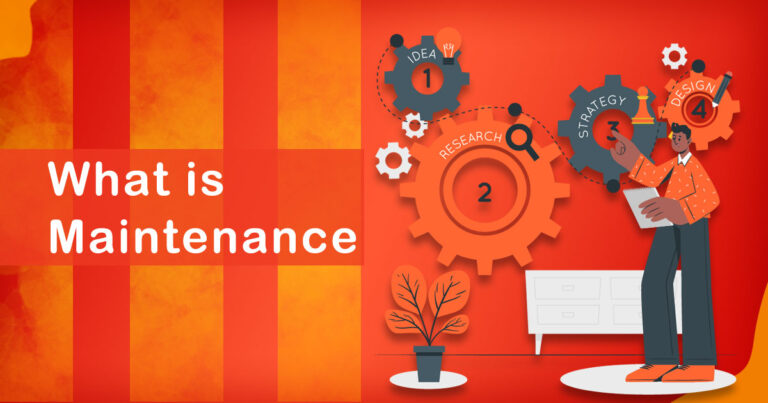Introduction
In the dynamic landscape of modern manufacturing, Industry 4.0 has emerged as a game-changer. This transformative paradigm shift has redefined the way industries operate by integrating cutting-edge technologies like IoT (Internet of Things), AI (Artificial Intelligence), and data analytics into their processes. In this era of Industry 4.0, proactive maintenance has become a critical aspect of ensuring optimal efficiency and productivity. This article delves into the best practices for proactive maintenance in industry 4.0, particularly in the context of Indian industries.
Understanding Proactive Maintenance
Proactive maintenance, as opposed to traditional reactive maintenance, involves anticipating equipment failures before they occur and taking preventative measures to avoid downtime. By harnessing the power of data and advanced technologies, proactive maintenance optimizes asset management, minimizes disruptions, and maximizes return on investment.
Why Proactive Maintenance is Crucial in Indian Industry
India is one of the world’s fastest-growing manufacturing hubs, making proactive maintenance indispensable. The Indian manufacturing sector is diverse, encompassing automotive, pharmaceuticals, textiles, and more. However, it also faces unique challenges such as infrastructure limitations, resource scarcity, and a competitive global market. Proactive maintenance can address these challenges effectively.
Best Practices for Proactive Maintenance in Industry 4.0 in India
Data-Driven Decision Making:
In Industry 4.0, data is the cornerstone. Collecting, analyzing, and interpreting data from sensors and equipment is paramount. Manufacturers should invest in robust data analytics tools to gain insights into the health of their machinery. Predictive maintenance models can be created using historical data to forecast potential failures accurately.
Condition Monitoring:
Implementing condition monitoring systems, including vibration analysis, thermography, and oil analysis, helps detect early signs of equipment wear and tear. These systems can provide real-time data, allowing maintenance teams to intervene before a breakdown occurs.
IoT-Enabled Sensors:
The integration of IoT-enabled sensors into manufacturing equipment allows for continuous monitoring. These sensors can transmit vital performance data to a central control system, enabling instant notifications of anomalies and potential issues.
Predictive Analytics:
Utilizing AI and machine learning algorithms can forecast equipment failures with remarkable accuracy. By analyzing patterns in data, predictive analytics can suggest when maintenance should be performed, optimizing downtime and resource allocation.
Remote Monitoring and Diagnostics:
In the Indian context, where manufacturing facilities may be spread over vast areas, remote monitoring and diagnostics are invaluable. These technologies enable experts to assess and diagnose issues from afar, reducing the need for on-site visits and improving response times.
Employee Training:
Equipping maintenance personnel with the skills to operate and maintain Industry 4.0 technologies is crucial. Continuous training programs ensure that the workforce can effectively manage and troubleshoot advanced systems.
Inventory Management:
Proactive maintenance requires a well-managed inventory of spare parts and components. Leveraging technology for inventory control ensures that the right parts are available when needed, reducing downtime.
Integration with Enterprise Resource Planning (ERP) Systems:
Integrating proactive maintenance data with ERP systems enhances overall operational efficiency. It streamlines processes, manages inventory effectively, and provides a holistic view of the organization’s performance.
Predictive Maintenance as a Service (PDMaaS):
Some Indian companies are now exploring Predictive Maintenance as a Service, where third-party providers offer predictive maintenance solutions, reducing the financial burden on manufacturers and allowing them to focus on their core competencies.
Conclusion
In the era of Industry 4.0, proactive maintenance has emerged as a vital strategy for Indian manufacturers. By harnessing the power of data, IoT, and advanced analytics, companies can avoid costly downtime, reduce maintenance costs, and boost overall operational efficiency. Implementing these best practices will enable Indian industries to remain competitive in the global market while navigating the unique challenges posed by their environment. Embracing proactive maintenance is not just a choice; it’s a necessity for thriving in Industry 4.0.








